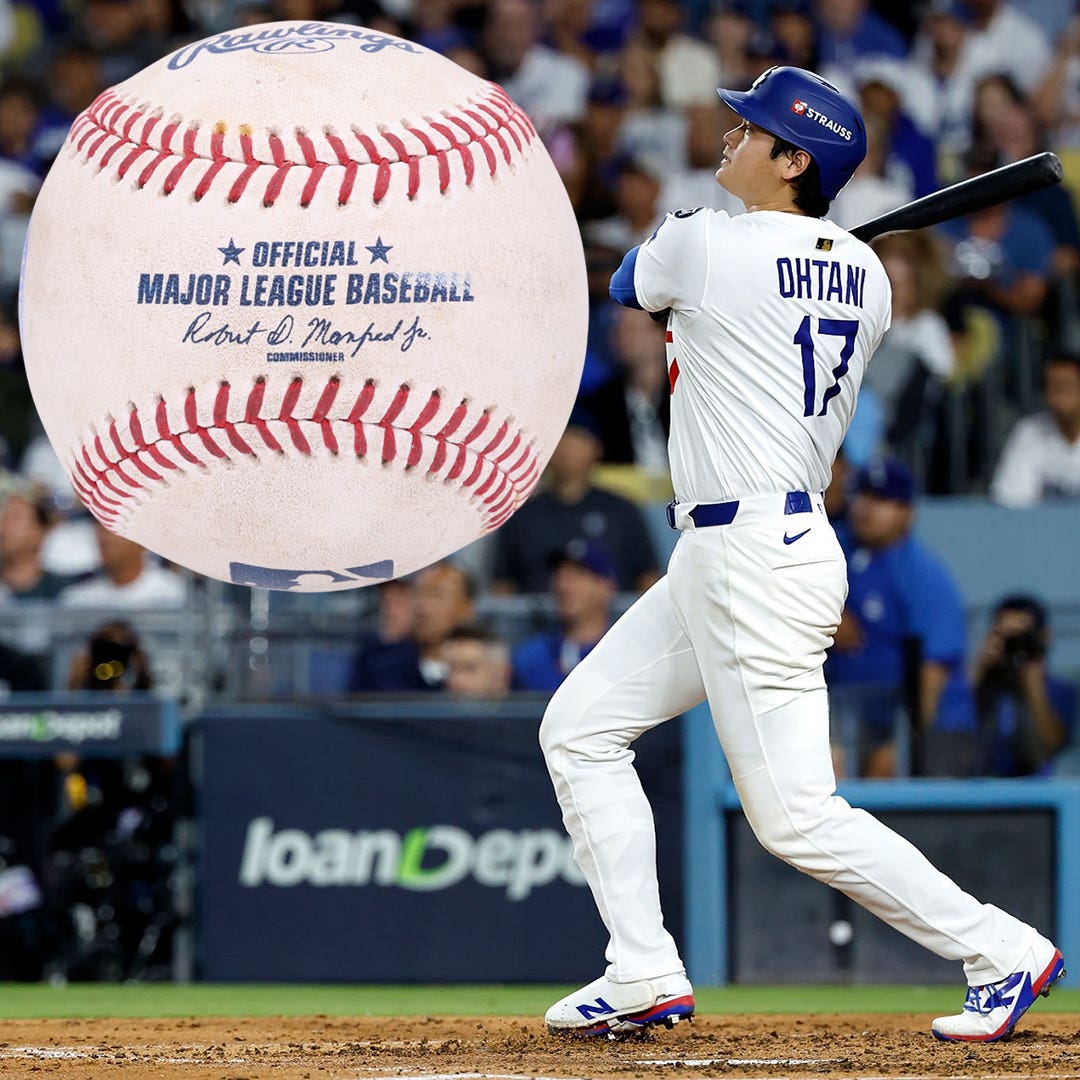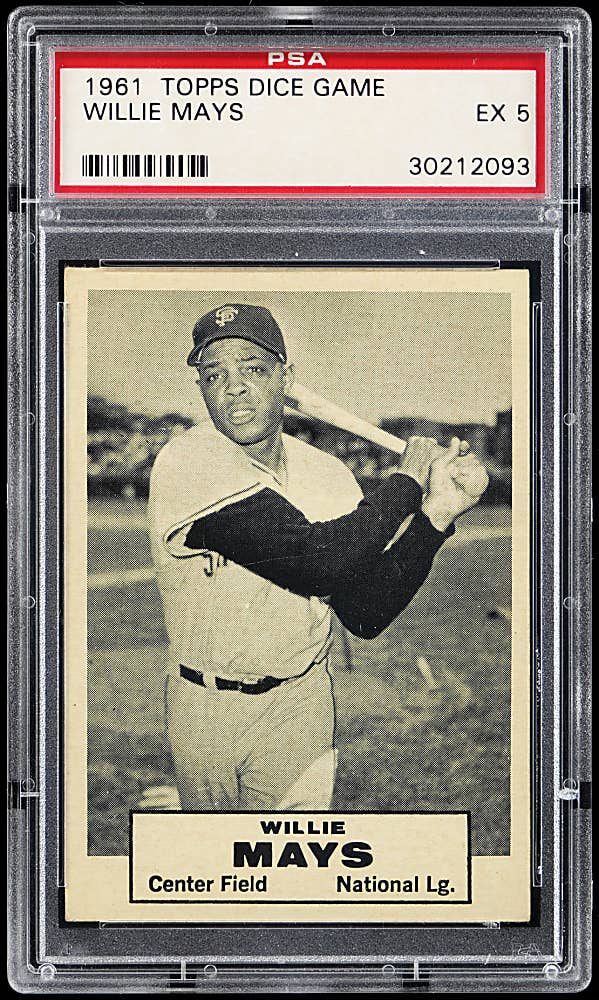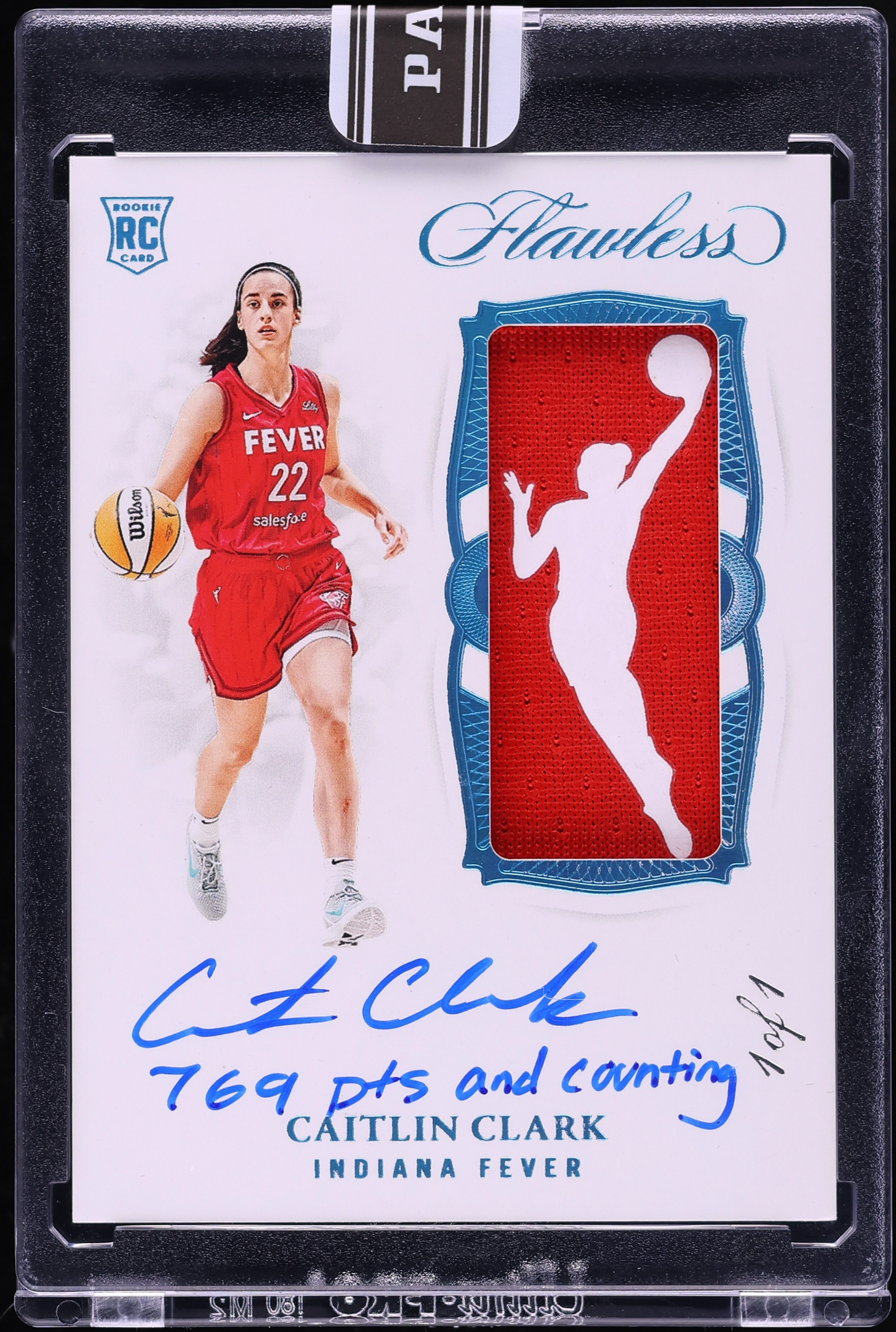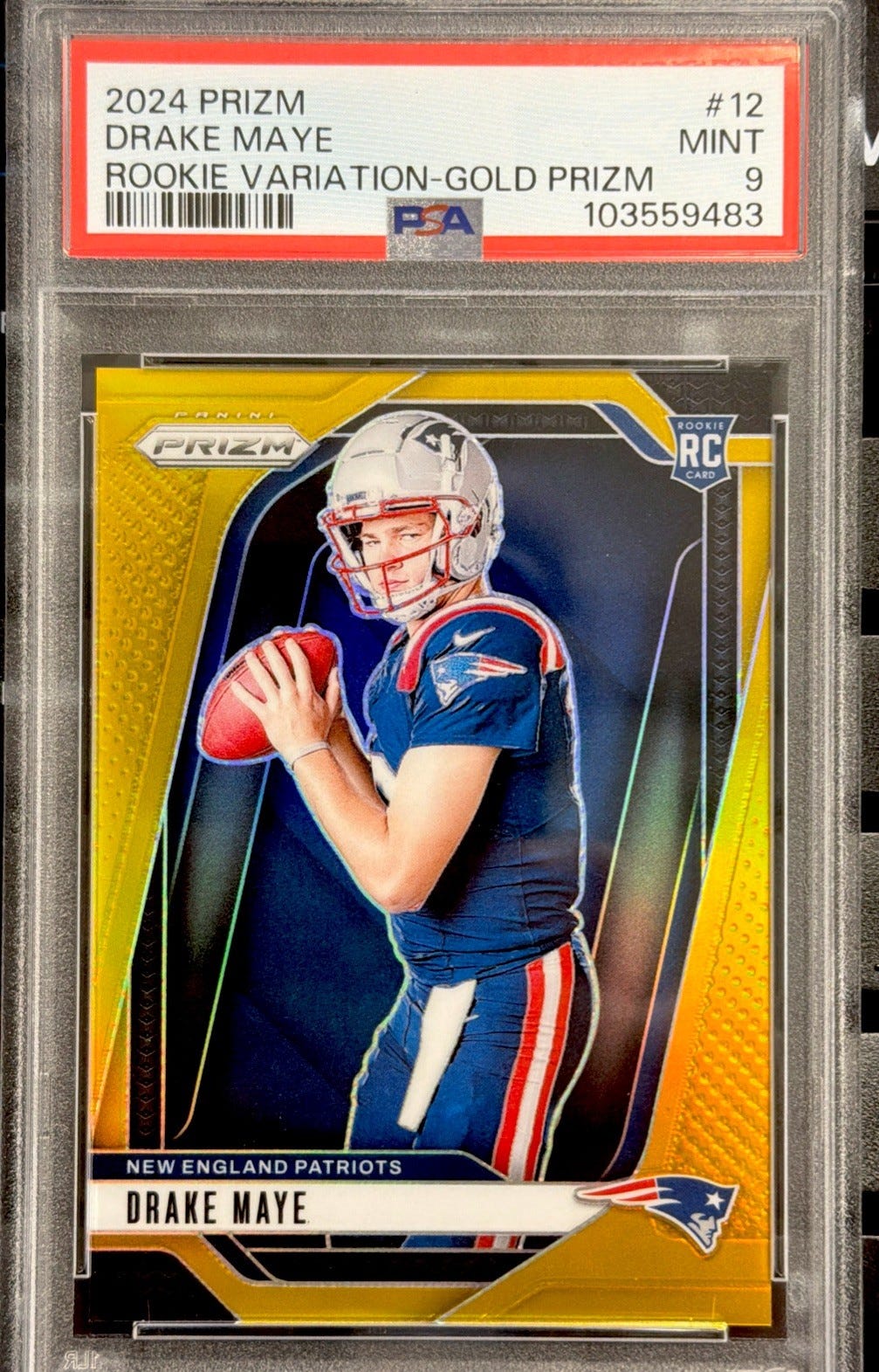Willie Mays
Mike Trout moves to the head of the class in collector interest
By Larry Canale
Yes, with a new baseball season upon us, how can we help but get excited about Mike Trout? It seems like he’s been around a while now, and in fact he has: seven full seasons. And he already has 201 homers and 165 steals to go with a sturdy .306 average. Yet he’s only 26—just entering his prime.
So it’s no surprise to see one bidder pay $17,003 for a 2009 Bowman Chrome Blue Refractor autographed card of Trout (graded BGS 9.5). Or another bidder pay $10,909 for a signed 2009 Chrome Xfractor card of Trout (grade: BGS 9.5). Or to see multiple collectors pay between $275 and $400 for single-signed, authenticated Trout baseballs.
If you get out your crystal ball, take a look five years into the future, when Trout will still be only 31 but, perhaps, 200 more home runs and who-knows-what-other-stats under his belt. At that point, what will prime Trout items command at auction?
SO GREAT: ’68
Fifty years ago, baseball-loving kids were discovering one of the sweetest-looking sets Topps ever produced. The 1968 seven-series set featured that distinctive design. The edges of each card looked like burlap surrounding colorful and wide-ranging types of photographs. The Nolan Ryan rookie gets the bulk of the attention here; it’s a semi-regular on our Top 10 chart.
But for this installment of OA, we’ll spotlight two legends who were in the twilight of their careers in the spring of 1968. As kids were tearing open those bright yellow wax packs that spring, the sight of Mickey Mantle or Willie Mays had to bring a smile.
Mantle, the longtime Yankees star, was entering his final season. He was playing in pain, struggling more than a hero should have to, but Topps’ 1968 card spares us. Instead, it delivers a photograph of a forever-strong, Bunyan-esque slugger. The Magnificent Yankee is standing in a left-handed batting pose, wearing those elegant pinstripes, staring toward an imaginary pitcher. The card lists him as a first baseman—a relatively new position for The Mick (prompted by aching knees) after many years as a center fielder.
The back of Mantle’s 1968 card shows 518 homers. He would hit 18 more in 1968, giving him 536 for his career—good enough for third place on the career home run list. The only men ahead of him at the time were Babe Ruth and Willie Mays.
Mays, of course, was Mantle’s contemporary and adversary, at least in the public’s eyes. The two were constantly compared, from the time they came up in 1951 throughout the 1960s. Mays already had 564 homers as the 1968 season was about to start, and his career would extend several seasons past Mantle’s. In fact, “The Say-Hey Kid” would play through 1973, amassing 660 homers. Upon his retirement, he trailed only Ruth and Hank Aaron as a home run hitter.
Mays’ 1968 card pictures him as a confident veteran, still capable of thrilling the crowd, even if his 40-homer, 20-steal seasons were behind him. It’s an underappreciated card—one you can pick up for shockingly low prices even in nice condition. You’ll see examples that have graded at 7 or 8 selling for prices between $100 and $300.
Then there’s the rare Gem-Mint specimen. In mid-March, we saw one land on eBay—a 1968 PSA 10 Willie Mays card. It drew 31 bids and soared to $6,312. PSA’s population report shows it to be one of only nine ’68 Mays cards to have been slabbed with a perfect-10 grade.
Mantle’s 1968 card typically draws between $750 and $1,250 if in 7 or 8 grade. But on the same day the PSA 10 Mays card sold, a PSA 9 Mantle also sold, bringing $3,306 on 35 bids. PSA 10 Mantles from 1968 have been known to exceed $10,000.
BIG TRAIN
It would grab your attention just for its price: just under $40,000 and a spot at No. 4 on our Top 10 chart on this page. But there’s so much more about the 1909 Ramly Walter Johnson card that’s worth discussing.
For one thing, the card dates to more than 100 years ago, making it a true “antique” (per the U.S. Customs definition of antiques). For another, it’s in impeccable condition for its age—no creases or tears, and only minor wear on the corners, and a photograph that looks like it was printed yesterday. For still another, it features perhaps the best pitcher of all time (we can argue about that another day): Walter Johnson, a.k.a. The Big Train, who had a sweeping and smooth sidearm delivery. Johnson’s stats are eye-popping: 417 wins —despite many years with a lower-standing team, the Washington Senators—plus 3,509 strikeouts, 110 shutouts, a career ERA of 2.17 and a dozen 20-win seasons.
Furthermore, the card comes from “one of the more elaborate and distinctive card sets of the early 20th century,” as Cardboard Connection puts it. No wonder it soared to $39,880.
The 1909 Ramly set, catalogued as T204, reflects the Gilded Age, as illustrated by the ornate gold-colored details in the design. Ramly was a brand of cigarette produced by the Mentor Co. of Boston and so named to take advantage of the popularity of Turkish tobacco at the time.








